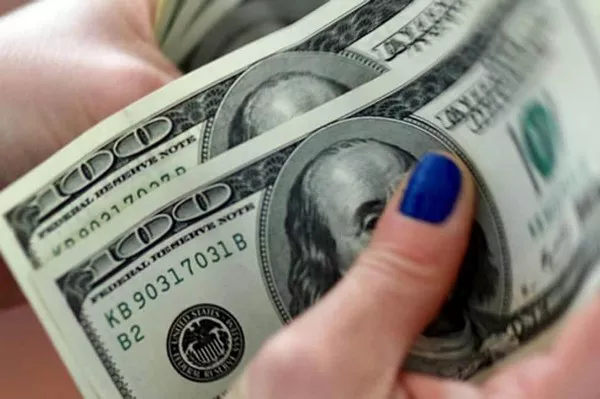The United States dollar (USD) is one of the most widely recognized and used currencies in the world. With its widespread circulation, ensuring the integrity of the currency and preventing counterfeiting is of utmost importance. To address this concern, the U.S. government has implemented a range of sophisticated security features on the USD bills. In this article, we will delve into the various security measures incorporated into U.S. currency, exploring their purpose, types, and effectiveness in deterring counterfeiting activities. By understanding these security features, you can better appreciate the efforts to safeguard the value and credibility of the USD.
The Need for Security Features
1. Global Recognition
The USD’s status as a global reserve currency means that it is widely accepted in international transactions. Ensuring the authenticity of USD bills is vital to maintain trust in the currency and prevent economic disruptions.
2. A History of Counterfeiting
Throughout history, counterfeiters have attempted to replicate U.S. currency, posing a threat to the economy and financial systems. The implementation of security features is a response to this ongoing challenge.
Overview of Security Measures
1. Combination of Techniques
The U.S. Bureau of Engraving and Printing employs a multi-layered approach to currency security. These techniques range from simple visual elements to complex technologies that are difficult to replicate.
2. Types of Security Features
Security features on USD bills include elements that can be seen with the naked eye, such as watermarks, security threads, and color-shifting ink, as well as those that require special tools or light sources to detect, like microprinting and ultraviolet (UV) features.
Watermarks and Security Threads
1. Watermarks
Watermarks are recognizable images or patterns embedded into the paper during the manufacturing process. They are visible when the bill is held up to the light, providing a clear indicator of authenticity.
2. Security Threads
Security threads are thin strips of metallic or plastic material embedded within the currency paper. They can be partially visible on the surface of the bill and sometimes fully embedded, appearing as a continuous line when viewed against the light.
Color-Shifting Ink and Microprinting
1. Color-Shifting Ink
Certain denominations of USD bills feature color-shifting ink. When tilted, the color of the ink changes, making it difficult for counterfeiters to replicate accurately.
2. Microprinting
Microprinting involves the inclusion of tiny text or patterns that are difficult to reproduce with standard printing techniques. These microscopic details become blurred when counterfeiters attempt to replicate them.
Ultraviolet (UV) and Infrared (IR) Features
1. Ultraviolet Features
Under UV light, specific elements on USD bills fluoresce in distinct colors. This makes it easier for trained individuals to verify authenticity quickly.
2. Infrared Features
Infrared technology reveals hidden features on USD bills that are not visible to the naked eye. These features can include unique patterns or symbols that assist in authentication.
Raised Printing and Anti-Copy Technology
1. Raised Printing
Legitimate USD bills feature raised printing, allowing individuals to feel the texture of the ink when touching certain parts of the bill. This is challenging for counterfeiters to replicate accurately.
2. Anti-Copy Technology
Anti-copy technology involves embedding specific patterns or images into the currency design that are difficult to reproduce using standard photocopiers or scanners.
Holograms and 3D Security Ribbons
1. Holograms
Holograms are three-dimensional images that change when the bill is tilted. They are used as an additional layer of security on higher denominations to deter counterfeiting.
2. 3D Security Ribbons
3D security ribbons are woven into the currency paper and appear as a continuous ribbon when viewed under the light. These ribbons contain images that change when the bill is tilted.
The Evolution of Currency Security
1. Ongoing Innovation
As technology advances, so do the methods used by counterfeiters. The U.S. government continually innovates and updates security features to stay ahead of counterfeiters’ techniques.
2. Public Education
Educating the public about the security features on USD bills is essential. The U.S. government provides resources and information to help individuals recognize genuine currency.
See Also: U.S. Dollar: Values, Symbols & Denominations
Conclusion
In conclusion, the U.S. dollar employs a wide array of security features to prevent counterfeiting and maintain the integrity of the currency. From watermarks and security threads to color-shifting ink and holograms, these measures are designed to be visible and detectable by both the general public and experts in currency verification. By staying informed about the security features on USD bills, individuals can play a role in safeguarding the value of the currency and ensuring its continued use as a reliable medium of exchange. As technology evolves, the ongoing efforts to innovate and enhance currency security will remain crucial in the fight against counterfeiting activities.


